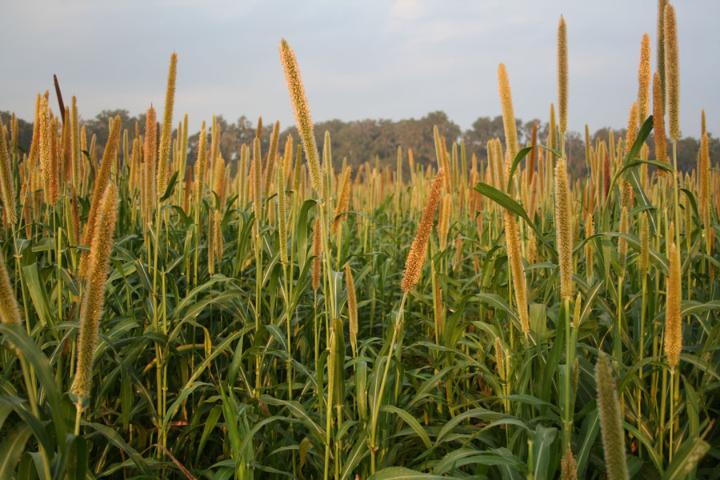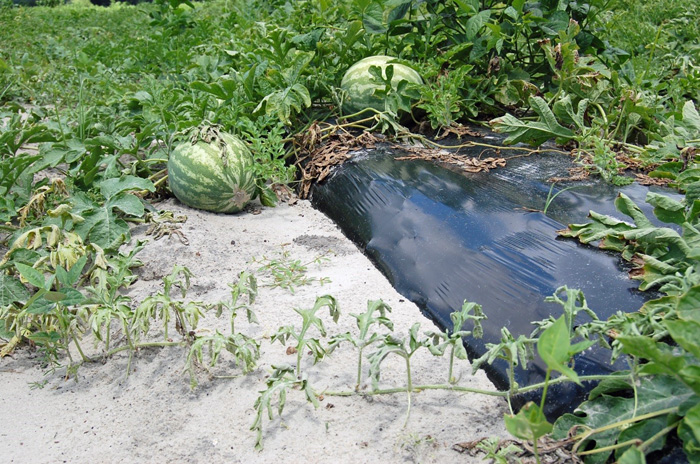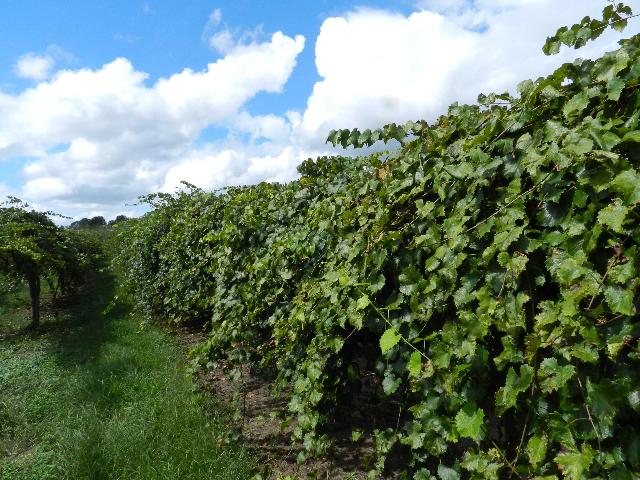
by Blake Thaxton | Oct 30, 2015
Fall crops are the focus of many small farmers in Florida this time of year, but it would be prudent to take a peak forward and start planning for the spring season. Many small farmers that sell directly to consumers at venues like farmers markets and farm stands feel...

by Matt Lollar | Oct 2, 2015
High temperatures and wet weather produce the perfect conditions for the onset of bacterial spot in tomato fields. The disease is caused by various species of Xanthomonas bacteria. Small spots (1/8 inch) form on leaves, stems, and fruit. The leaf spots are sometimes...
by Mathews Paret | Sep 11, 2015
Sanju Kunwar, Mathews Paret, Jeff Jones, Laura Ritchie, Steve Olson, and Josh Freeman, UF/IFAS NFREC Field tomato production in the southeastern United States is highly affected by bacterial wilt disease caused by Ralstonia solanacearum. In Florida, race 1 (biovar I,...
by Les Harrison | Sep 11, 2015
On September 10, 2015 the U.S. Food and Drug Administration (FDA) released its final rules for Current Good Manufacturing Practice and Hazard Analysis and Risk-Based Preventive Controls for Human Food. The enabling legislation was the FDA Food Safety Modernization Act...

by Nicholas Dufault | Aug 21, 2015
Authors: Tatiana Sanchez, Mathews Paret, Joshua Freeman, and Nicholas Dufault Fusarium wilt of watermelon (Figure 1) is a soil-borne, fungal disease that can affect watermelon plants anytime from seed to harvest. It has been a problem for many Florida producers since...

by Matthew Orwat | Aug 7, 2015
Last year, I wrote an article for this newsletter about late bearing muscadine cultivars. There are many early, mid, and late bearing cultivars, and a list can be found in the publication: The Muscadine Grape. August is the very beginning of the muscadine harvest in...





